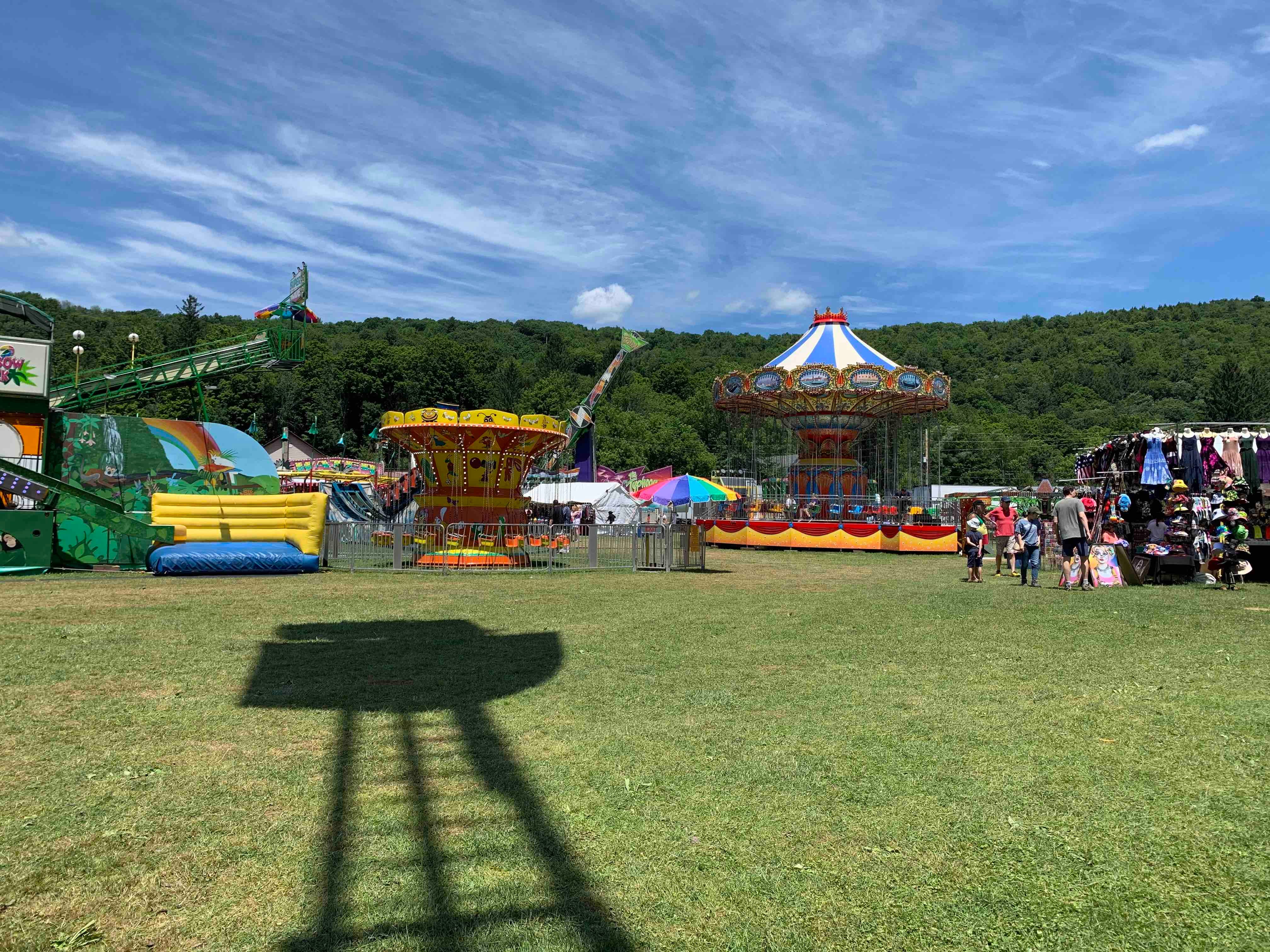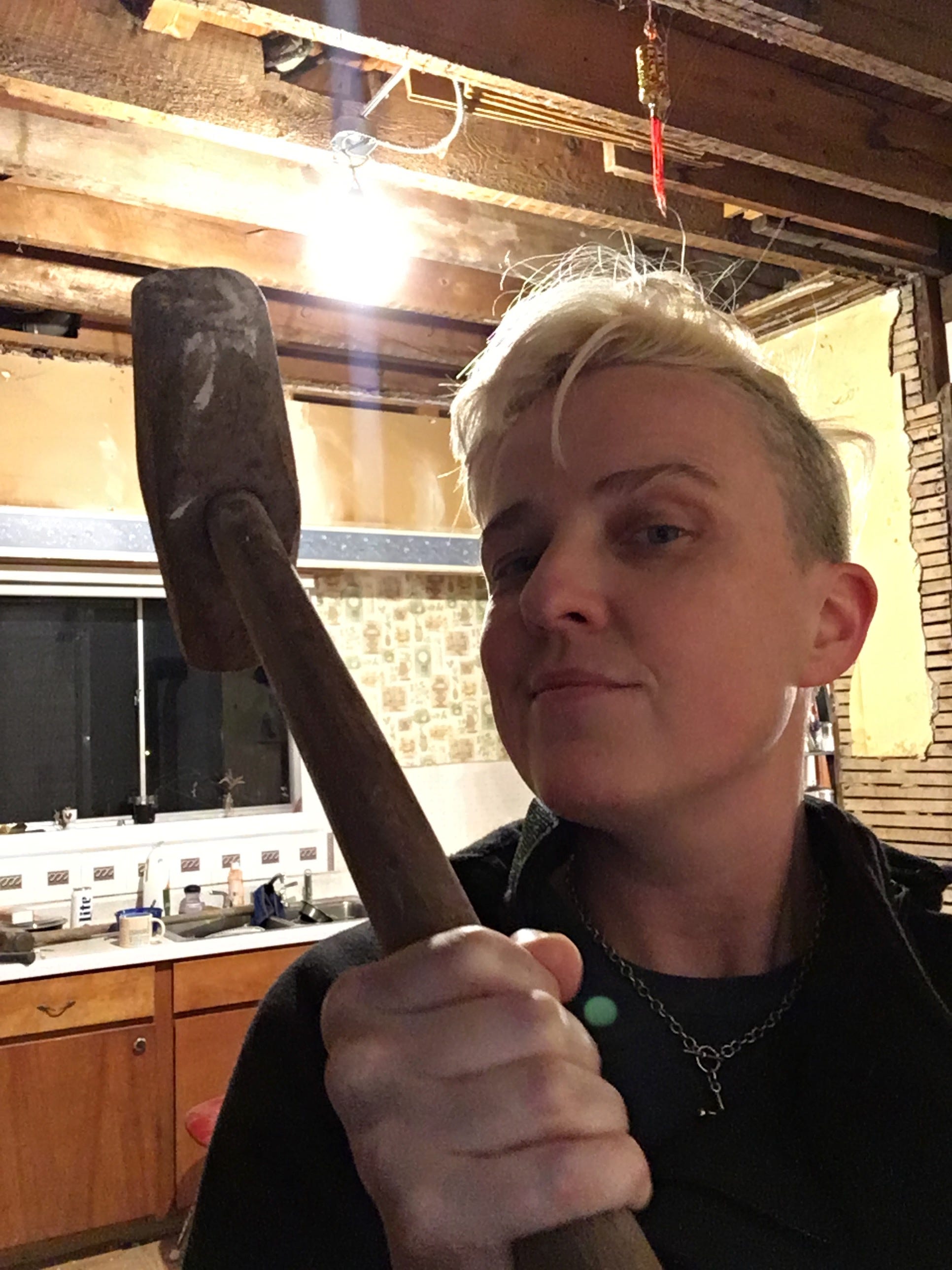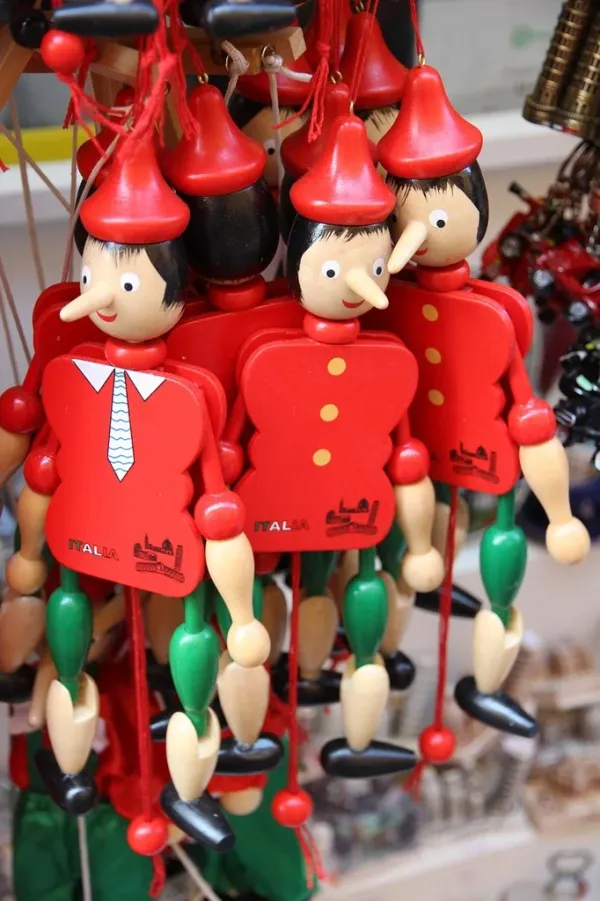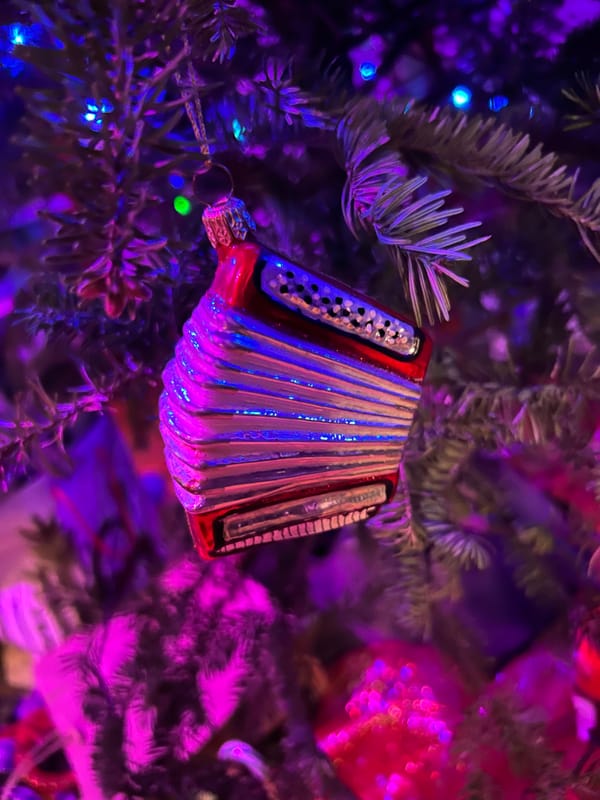Welcome to Empire of Dirt
A newsletter for people who love little places with big problems.

I’m a reporter who mainly covers climate. It’s the thing everybody cares about, but nobody wants to talk about. I have a lot of weird conversations with friends.
Let me tell you about the one that broke me.
It was the Fourth of July. My little upstate New York town puts on a carnival every year. I was working a recruitment table for my fire department, helping little kids take selfies with my fire helmet and twisting people’s arms to volunteer — but mostly sitting around, because let’s face it, the Gravitron was more exciting than us.
My friend came over, and we got to chatting about the total failure of the U.S. Congress to pass any meaningful climate legislation. I’m sure that was my fault, because at that point the legislation that would become the Inflation Reduction Act a month later looked utterly dead in the water, and I was in my feelings about it to anybody who would listen.
And then my very informed, news-reading, caring-about-important-stuff friend said an innocent thing that absolutely took a two-by-four to my brain.
“It’s too bad New York State can’t really do anything about it,” he said.
Please believe it took every ounce of self-control I possess not to physically grab him by the front of his T-shirt. He was just so wrong. I think I managed to keep the rant to a tight few sentences.
There’s so much that people don’t know about climate. Since 2021, when I began focusing full-time on the climate beat as a longtime local reporter in a disaster-battered community, I’ve learned a lot of it. I’ve seen firsthand how state and city and town governments are grappling with a problem that’s too big for them — but then again, it’s too big for everybody. I’ve talked to HVAC guys about how heat pumps stand ready to usher in a clean energy revolution in building heat — but people don’t know what they are, or have outdated ideas about how they work. I’ve talked to environmentalists who are fighting tooth and nail against clean energy projects — and environmentalists who are fighting just as hard on the other side to make them a reality.
In some ways, this beat has been more frustrating than I ever expected it to be. Not because climate change is grief-inducing, or because some people are in denial. That I expected. What I wasn’t ready for was finding out just how many tools and solutions we already have to deploy on climate problems — and how money and politics and human emotion and competing priorities and plain old well-meaning ignorance are standing in the way of us using them.
There’s a lot we can do. I mean “we” at every level. Not just nations, or mega-corporations, or even states — which, I told my friend, are becoming critically important proving grounds for real, meaningful climate action. There’s a lot cities can do. There’s a lot small towns can do. There’s a lot volunteer firefighters can do. There’s a lot people can do.
This newsletter will wrestle a lot with the shape of climate problems and solutions, especially the ones that are most pressing here in the rural Catskills and New York City watershed region. I like data, I like complexity, and as a reporter, I think climate change is mainly a very bad problem that we should try to solve. Not a stick for political parties to beat each other with. Not a dystopian future to imagine. Not an amorphous cloud of gloomy Awareness that serious people want you to learn more about so you’ll be sadder about it. A problem. Happening now. One that deserves solving. One that we have a lot of tools for already.
I’m still learning, and you’re going to learn with me.
Fair warning: You might start caring about power lines. It happened to Robinson Meyer, and it’s happening to me.
Why a newsletter?
A few reasons:
-If you’re getting this in your inbox, it might be because you used to hear from me on Tinyletter, or maybe you’ve been a supporter of The River’s Climate Lab, which was my baby. I miss writing to you all. Let’s do that some more.
-I really love Twitter, and it’s melting down, and I’m sad about it. I’ve met a lot of great people there and I’ve lurked on and learned from a lot more. Hoping to keep some of that community going.
-I gotta pay the bills. The deeper I get into local climate reporting, the more I realize that this is tough, time-consuming work that I am forever going to struggle to do as a freelancer writing for local publications. I’m reaching out to my community because I know there’s an appetite for this stuff, I can do it in a deeper way if you support me, and I’m excited to see where this goes.

Why subscribe?
Free subscribers will get a weekly dispatch about something I’m working on and thinking about — thoughts on a hot local issue, a deeper dive on a story I’ve published elsewhere, a Q&A with an interesting problem-solver, a helpful breakdown of some knotty climate topic in plain English.
Any original local reporting I publish here will be free to read. Local news in my region is drying up at a terrifying pace. By becoming a paid subscriber, you’ll be helping me produce more local journalism in a place that sorely needs it.
Paying subscribers will hear from me more often, and a little more personally. If you’re into dispatches on the life of a feral reporter out in the sticks, notes on my ongoing quest to sequester a bunch of carbon in my glutes, or the occasional selfie, you should probably subscribe.
Another thing I’m working on launching soon for paying subscribers: Roundups of the latest New York State climate stuff, local Catskills news tidbits, and news from the wider world that’s relevant to rural upstate New York. There may be sass.
If this thing gets enough subscribers, we’ll do live chats and fun stuff like that. This New Zealand reporter’s chatty Substack community is goals.
Let’s do this.


